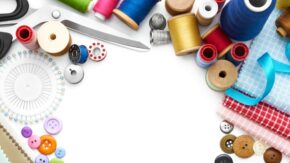Craft tools(or crafting tools) are defined as the tools and equipment you need to create handmade objects and include items, such as scissors, craft knives, cutting mats, rulers, paintbrushes, acrylic paints, markers, and pens, among others.
In contrast, crafting materials are the various supplies and materials you use to make handmade decorative and functional items. Craft materials can include things like paper, fabric, paint, ink, clay, thread and yarn, beads, buttons, ribbon and trim, glitter, glue, and adhesives.
You’ll need a selection of craft or crafting tools for any crafting project, regardless of whether you’re a beginner or an expert.
In this article, we discuss the best crafting supplies and tools you’ll need and provide a list of craft materials you might need in your toolkit. As well as materials for crafts, you’ll need to know how to keep safe while crafting, and we discuss that, too.
Read this comprehensive guide to the essential crafting tools and supplies you’ll need for your creative projects and start your crafting journey!
What Are The Different Types Of Crafting Tools?
Crafting tools are many and varied, but getting kitted out to start working on your chosen crafting project needn’t cost the earth.
In this part of our guide, we take you through all the craft tools and craft tools you might need to get started and provide links to some of the best tools for crafters that are available on the market today.
Scissors
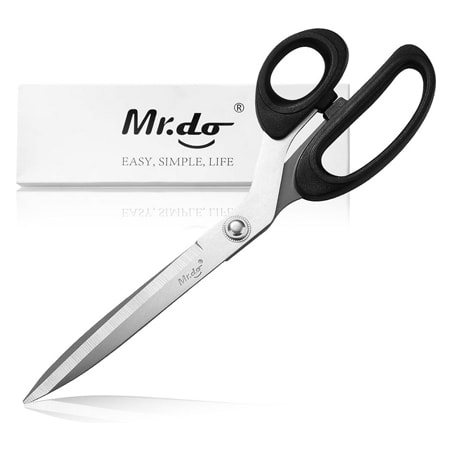
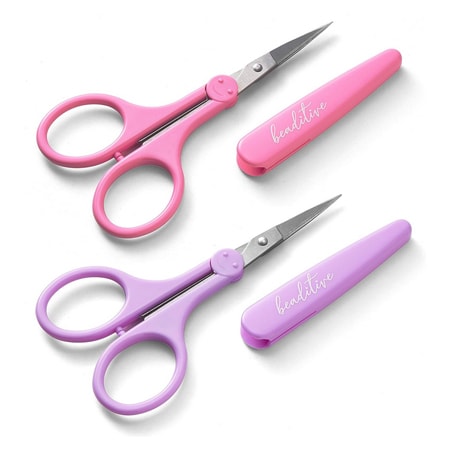
Scissors are essential for cutting paper, fabric, and yarn. Never use paper scissors to cut fabric and vice versa, as that will blunt the blades.
Craft Knife
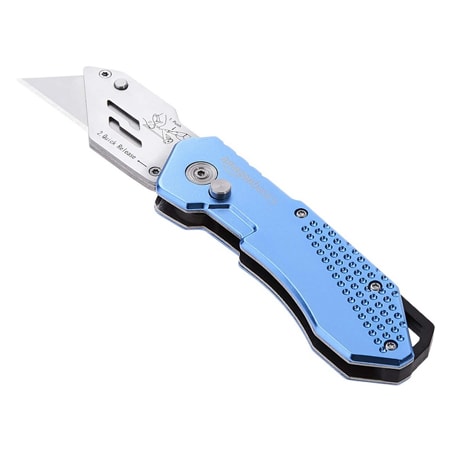
A craft knife is used to cut paper, cards, and fabric, while the material is lying flat on a cutting board. That helps to prevent the paper from creasing and makes it easier to cut accurate lines. Remember to change the blade in your craft knife before it gets blunt and always if the blade gets chipped or broken.
Cutting Mat
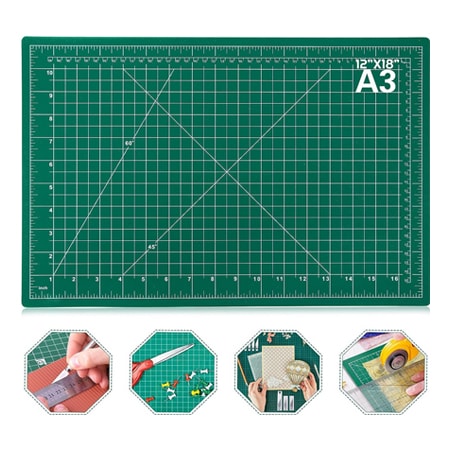
If you’re using a craft knife, you’ll need a cutting mat to protect the surface beneath from the knife’s razor-sharp blade as you work. The best kind of mat to use is a “self-healing” one that repairs itself.
Ruler
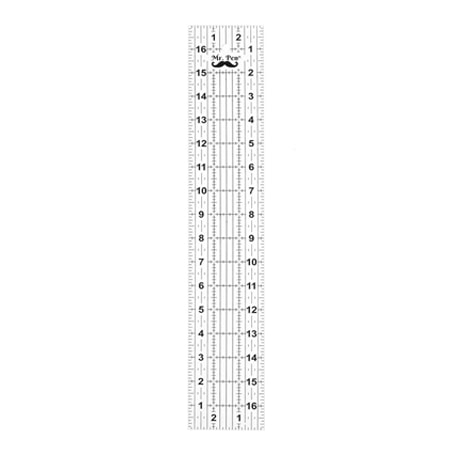
Many crafts demand accurate measurements, and you’ll need a straight edge or ruler for that. You can use your craft knife and cutting mat along with the ruler for perfect results every time.
Adhesive (e.g., Glue, Tape)
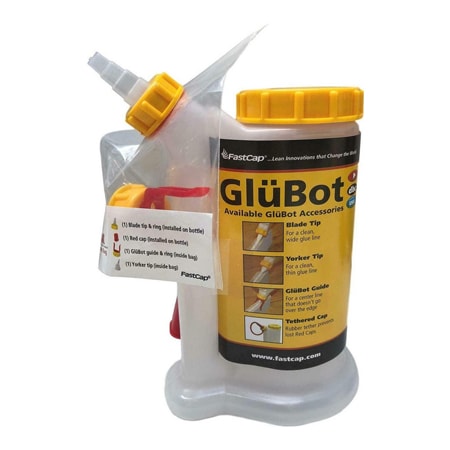
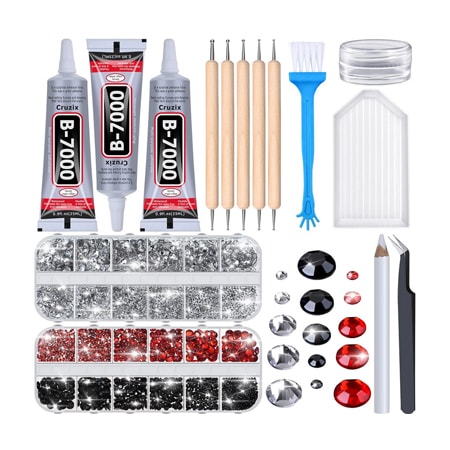
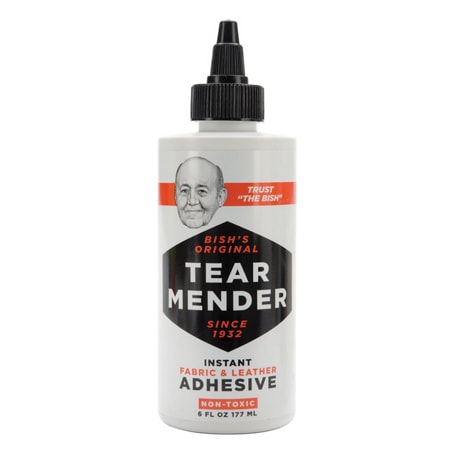
Many crafts, including applique, woodwork, paper crafts, and sewing, use some form of glue or tape. Choose an adhesive that suits your craft, and keep a tube or jar handy in your toolbox. Remember to put the lid back on the glue after use to keep it from drying out.
Pencil And Eraser
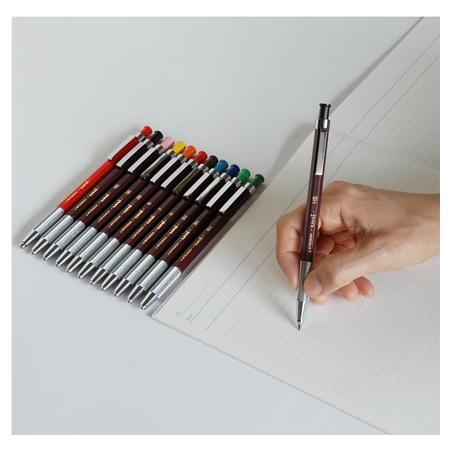
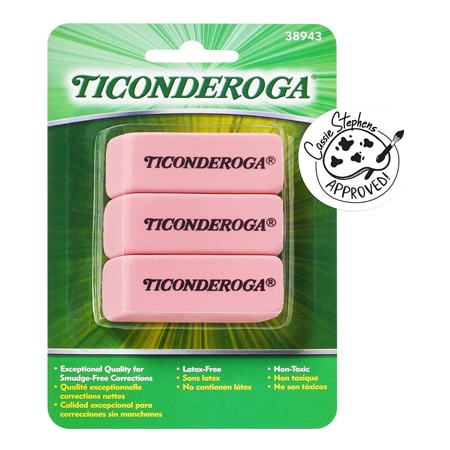
A pencil and eraser are essential items for any crafter’s kit, especially if your craft involves measuring and marking materials. Choose a pencil with a soft lead to make it easier to mark your material.
Of course, everyone makes mistakes, so you’ll need a pencil eraser, too.
Paintbrushes
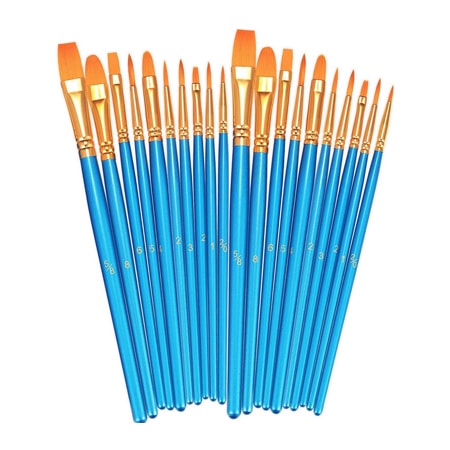
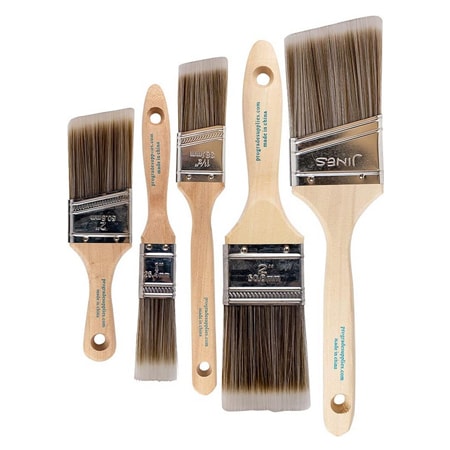
If you’re into art, you’ll need a selection of paint brushes to suit your painting style and technique. DIYers who love home decorating also need paintbrushes of a different type, and you’ll need specialist paint brushes for fabric and glass painting.
Acrylic Paints
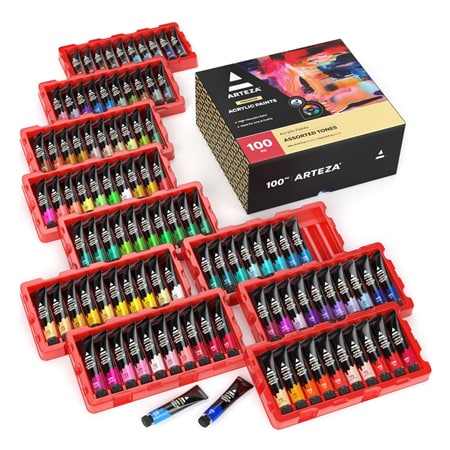
Acrylic is a very popular medium that many crafters and artists use for various projects. Acrylic can give a glossy finish that’s similar to oil paint, but it’s soluble in water, making it easy to clean up spills.
Markers And Pens
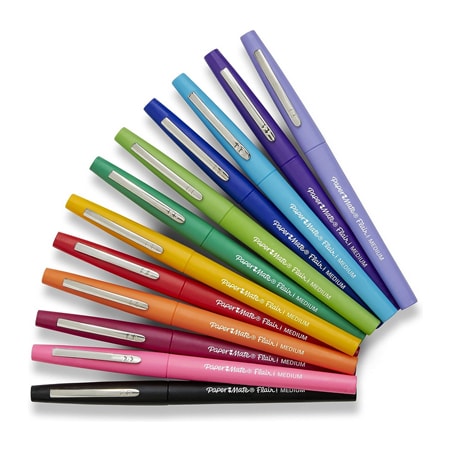
Markers and pens are essential for many crafts, so having a decent selection in your toolbox is a good idea. Markers come in many colors and nib widths to suit your crafting project.
Craft Paper
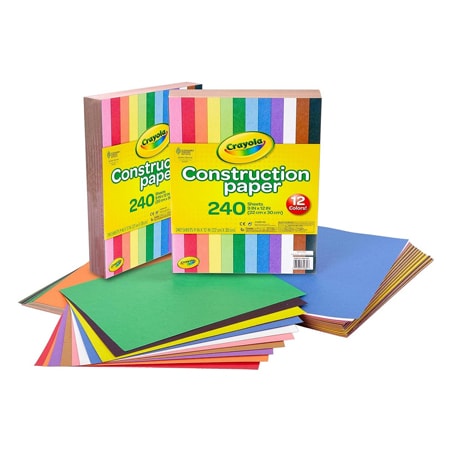
Craft paper comes in different weights, sizes, and colors, making choosing something suitable for your craft easy, whether making greeting cards or origami animals!
Fabric And Sewing Supplies
There are a plethora of needlework crafts, and they all need different fabrics, yarns, and other materials. Fabrics come in a huge range of colors and styles, so the best way to find what you want is to visit a fabric store.
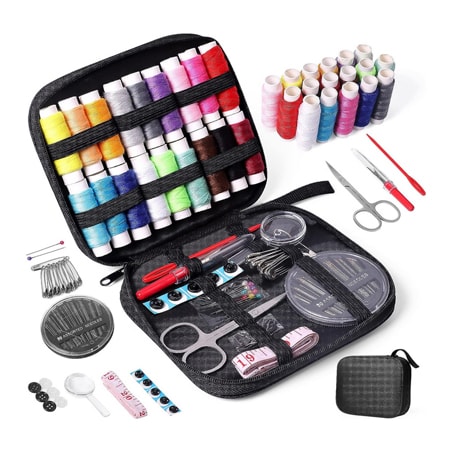
When it comes to sewing supplies, it’s a similar story, and you’ll need different tools, depending on your chosen craft.
Needle And Thread
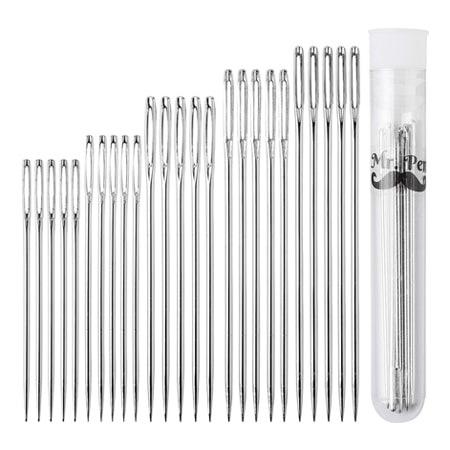
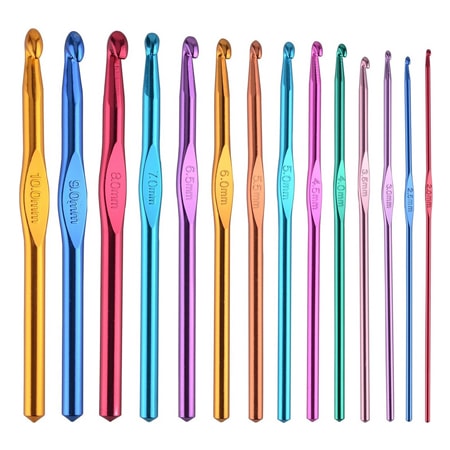
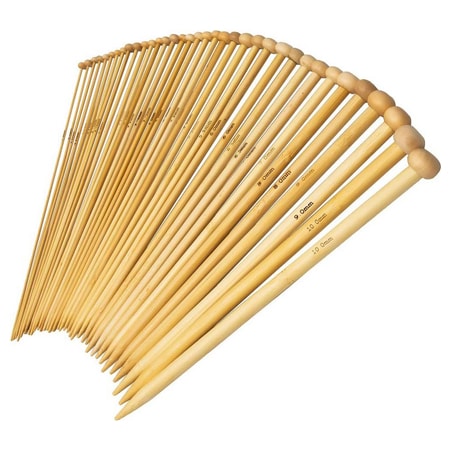
Knitting, sewing, and crocheting use different types of needles in different sizes to suit your project and the pattern you’re working from. The range of thread and yarn is massive, too, again depending on what craft you choose.
Embossing Heat Tool
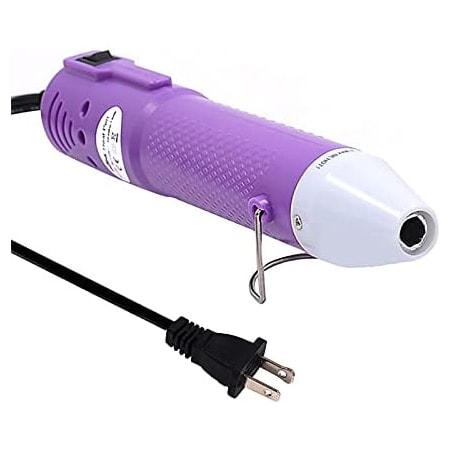
If you want to create raised, glossy images on paper, you’ll need an embossing heat tool to melt your embossing powder.
Embossing Powder
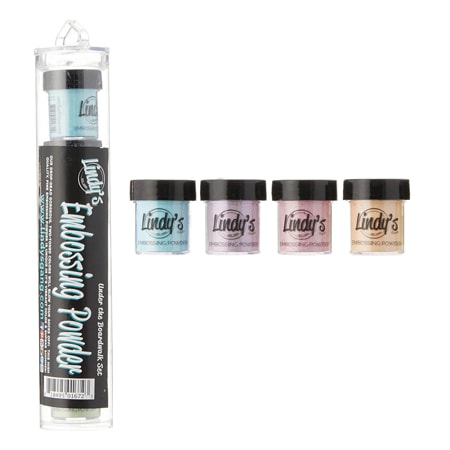
Embossing powder is used to create raised images on paper and cards in certain crafts, like making greeting cards. It comes in lots of different colors, and some have a glittery effect to add impact.
Paper Punches
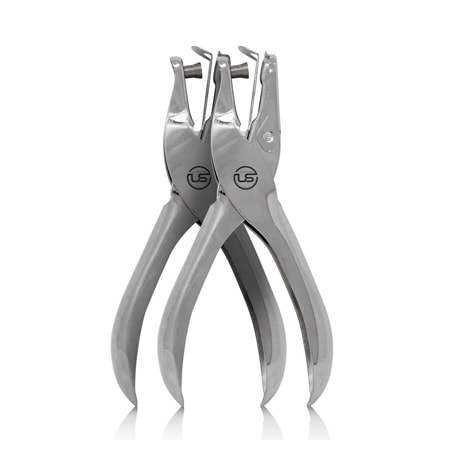
A paper punch is a tool used to make holes in paper and card, sometimes for decorative purposes or to file documents neatly in a folder.
Stamps And Ink Pads
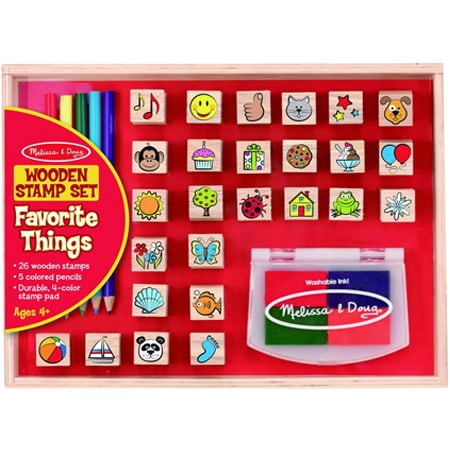
You use stamps and ink pads to make images on paper and cards. Kids love this kind of crafting, and a stamp and ink pad set makes a wonderful Christmas stocking filler.
Cutting Dies And Die Cutting Machine
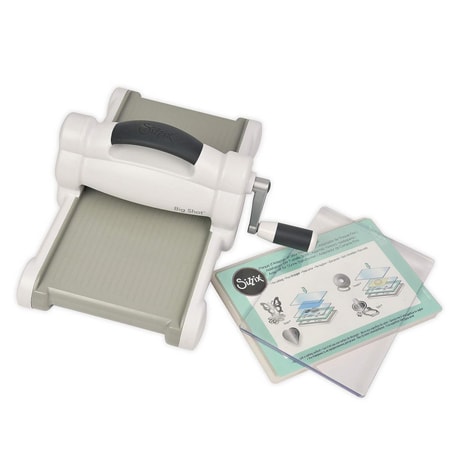
In crafting, die cutting refers to a process where a machine is used to mass-produce cut-out shapes. Essentially, a die cutting machine produces exactly the same shape over and over without needing to use scissors, a craft knife, or stencils.
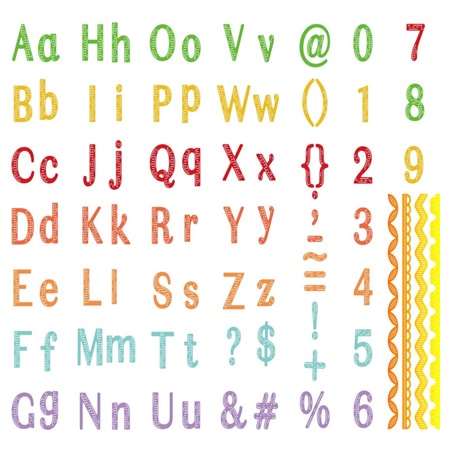
A die is a metal object with a raised sharp area for cutting, like a cookie cutter. The shape of the die is what you get when you cut out paper or card.
Sanding Blocks Or Emery Boards
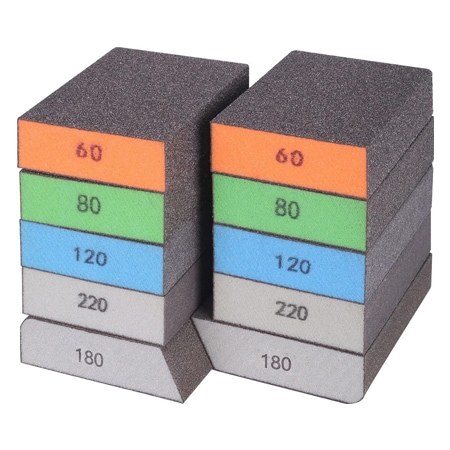
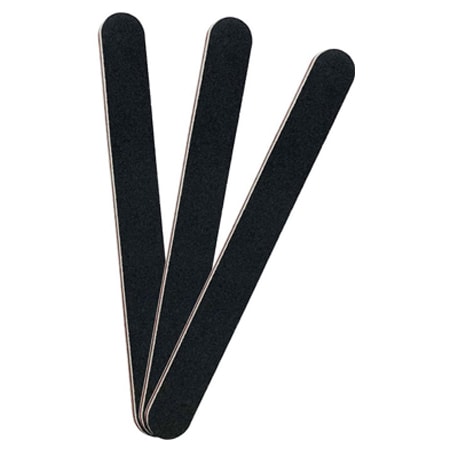
Sanding and emery boards are used to smooth rough edges on wood and other materials before painting or finishing. They come in different degrees of coarseness, with coarser paper being used to remove very rough surfaces and finer coarseness used for more delicate finishing touches.
Emery boards are handy for filing your nails should you catch one and break it while working.
Mod Podge Or Découpage Medium
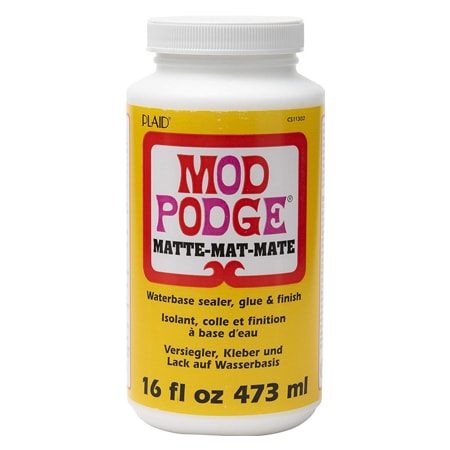
Découpage is an incredibly popular crafting hobby that involves cutting out shapes or pictures, sticking them to an object, and then coating both with layers of varnish, producing a beautiful, glossy article that appears to be professionally painted.
Mod Pode is simply a brand of découpage glue that’s also called découpage medium.
Crafting Scoring Board
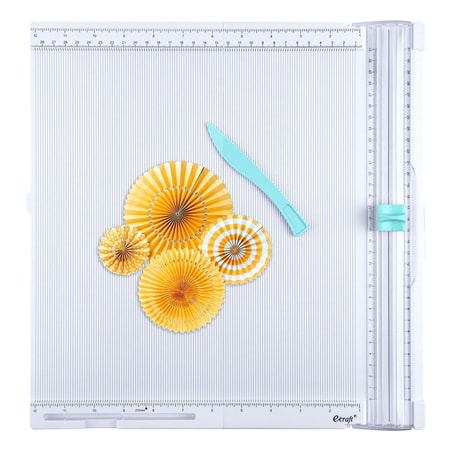
A craft scoring board is a flat surface with grooves on which you score your paper to create neat and precise folds. Scoring boards are generally used in card making, scrapbooking, and other paper crafts and can be made of plastic or wood.
Crafting Tweezers
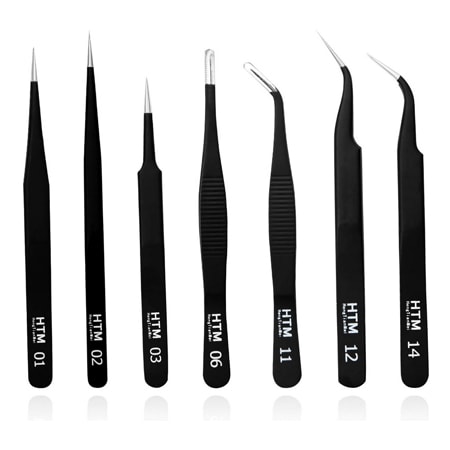
If you work with very small objects like beads, sequins, or small pieces of paper, crafting tweezers are a tool you can’t do without. You can use tweezers to pick up these items and apply glue to tiny surfaces.
Tweezers come in various shapes and sizes and have different tips depending on your project needs, some being straight, while others are curved or pointed.
Crafting Wire And Pliers
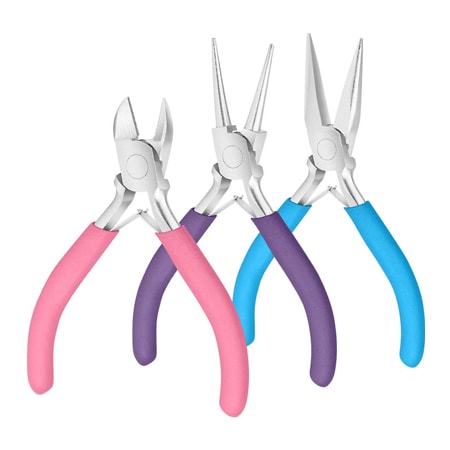
Crafting wire and pliers are used to make jewelry and other wire-based crafting projects. You use the pliers to bend and shape the wire to create various designs and patterns and to cut the wire to the length you want.
Paint Palettes And Mixing Trays
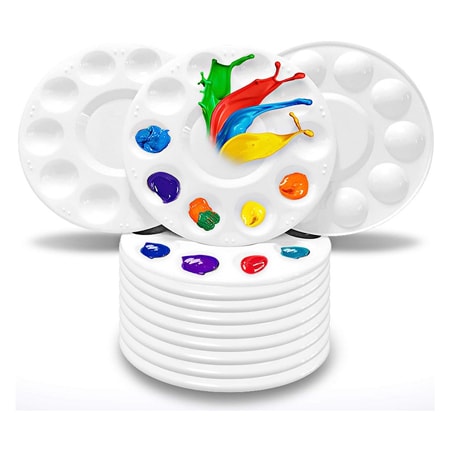
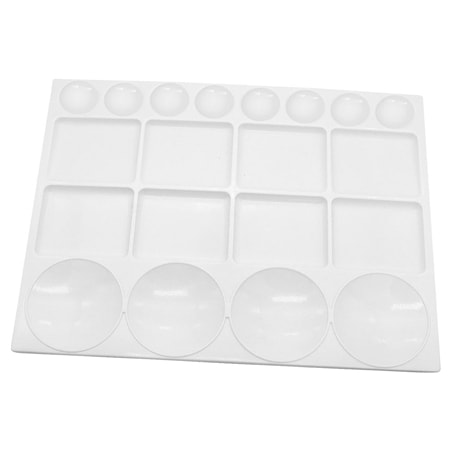
If you enjoy painting, you’ll need a paint palette and mixing tray for combining paint pigments to create a range of shades. Your paint palette is used to hold small amounts of paint while you work rather than having multiple tubes or pots open at the same time.
What Are The Different Types Of Crafting Supplies?
Crafting supplies are what you use to create your chosen craft. Although the supplies you need vary tremendously between crafts, there are a few must-have craft supplies that every crafter should have.
Always buy the best crafting supplies you can afford to produce the highest quality finished articles.
Paper
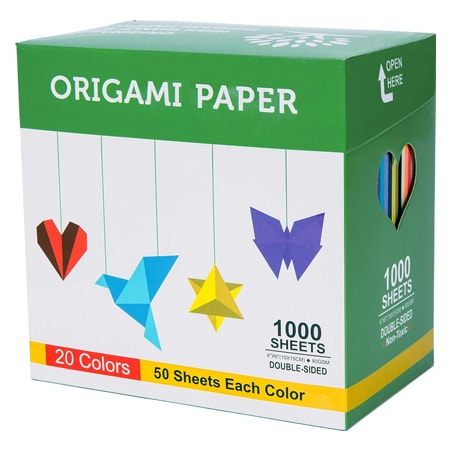
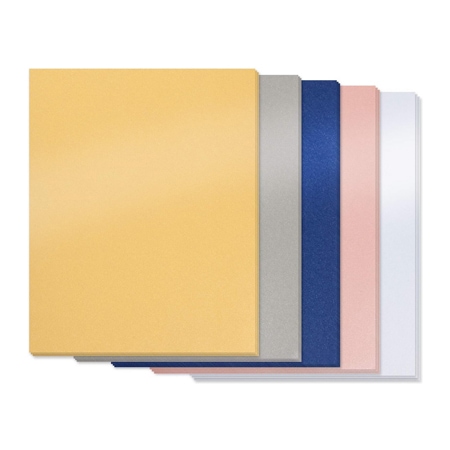
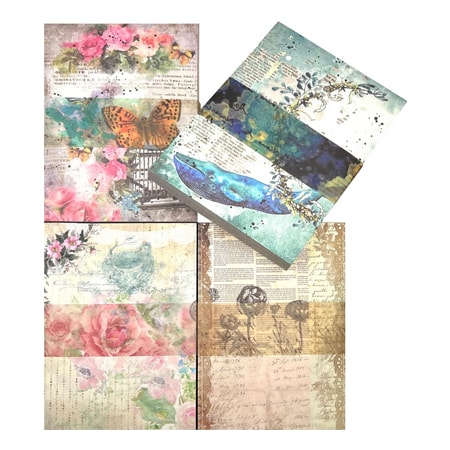
Paper comes in many colors, weights, and finishes, so you’ll need to choose something that suits your chosen craft, whether you’re creating intricate origami sculptures or elegant watercolor paintings.
Fabric
There are hundreds of different kinds of fabric to choose from for dressmaking, quilting, and applique, and many dress patterns specify what fabric to use. You can also buy specialist fabrics for crocheting and cross-stitch projects.
Since you’re so spoiled for choice, the best place to find the perfect fabric for your crafting project is a specialist crafting shop or fabric store.
Wood
Woodworking projects obviously demand wood as their main material. The kind of wood you use depends entirely on the project you’re working on and is best sourced from a lumber supplier or reclamation yard.
Paint
If you’re into DIY, you might need to use paint for some of your projects. There are many different paint finishes to choose from, such as matte, gloss, satin, and emulsion, and the range of colors available is mindblowing!
Water-resistant paints are available for bathrooms and kitchens, and you can get outdoor paints for use on stone, wood, and metal.
The best place to buy paint is your local DIY store, where they will often provide custom color mixes for you to get the perfect finish.
Ink
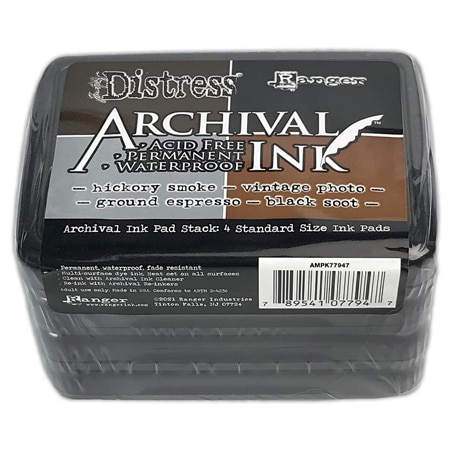
Ink is a highly versatile crafting material that can be used for a variety of projects, including calligraphy, stamping, drawing, and painting. Ink comes in many colors and you can use it on a wide range of surfaces including paper, fabric, wood, and metal.
Clay
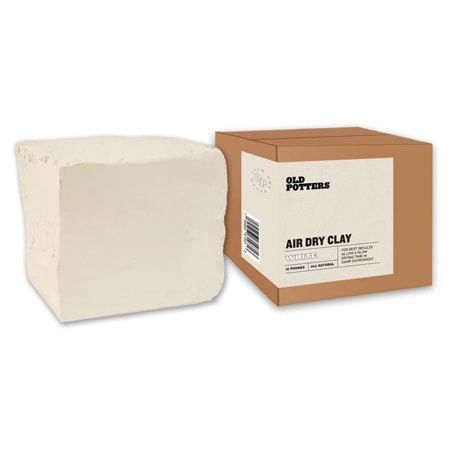
Clay is the raw material used to make pottery and many different kinds of ceramics. Once you’ve created your item, the clay must be fired in a kiln to harden it before finishing with paint or glaze. However, if you don’t have a kiln, you can buy air-dry clays, too.
Thread And Yarn
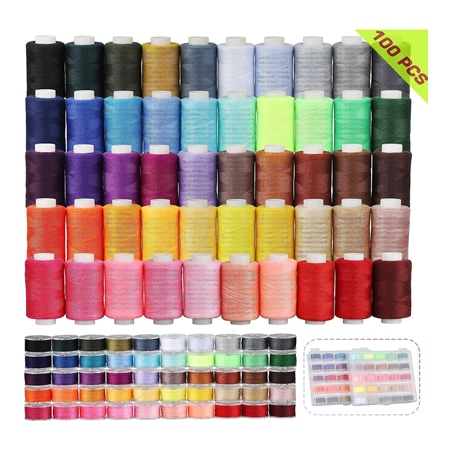
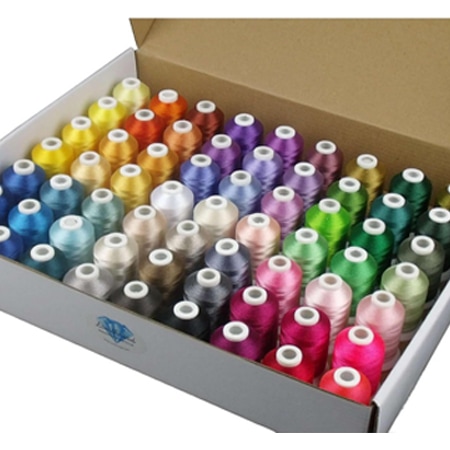
Thread and yarn are used in sewing, knitting, embroidery, lacemaking, crochet and other needlework crafts. Yarn is generally made from synthetic, wool, or cotton, while thread can be cotton, silk, or synthetic.
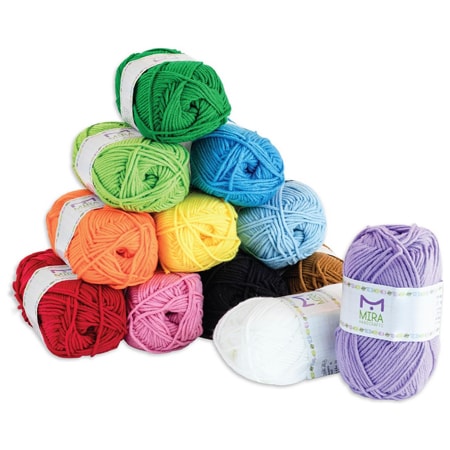
Yarn and thread come in countless weights and colors, and the best place to get what you need is from a haberdashery store. Your pattern will tell you what kind of yarn or thread you need for your project.
Beads
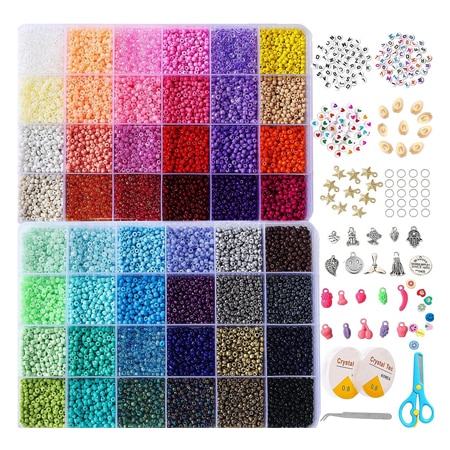
Beads are used in jewelry making and for embellishing needlework projects. You can buy beads in glass, plastic, wood, and pearl, and they come in different colors, shapes, and sizes.
Buttons
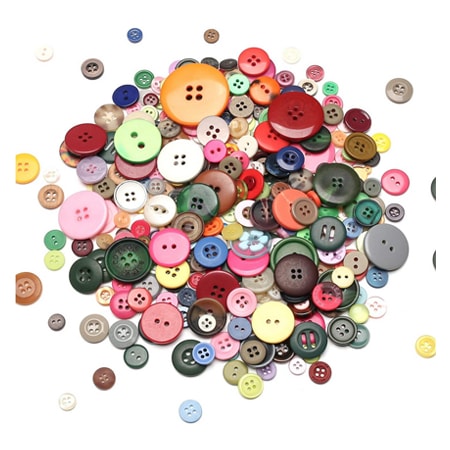
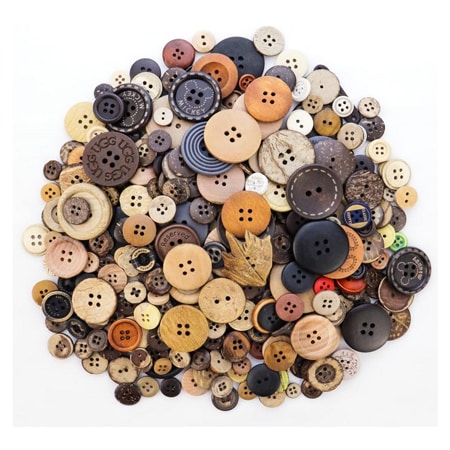
Buttons are used as fastenings in dressmaking and can also work well as decorations for home furnishing projects and artworks. You can buy buttons in many different colors, materials, and finishes to suit your project.
Ribbon And Trim
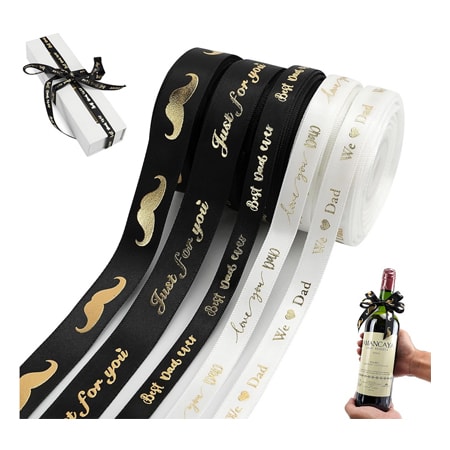
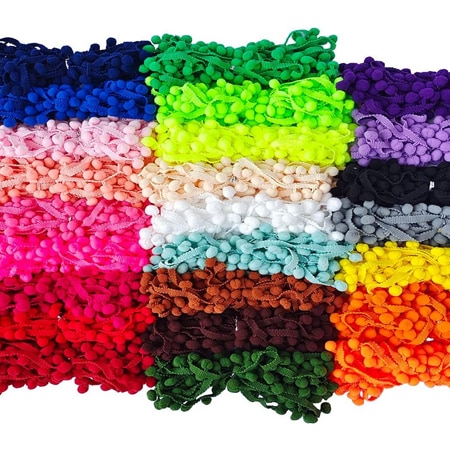
Ribbons and trim are used to decorate home furnishings and clothing. Ribbon comes in a vast array of colors, finishes, weights, and lengths to suit your needs.
Glitter
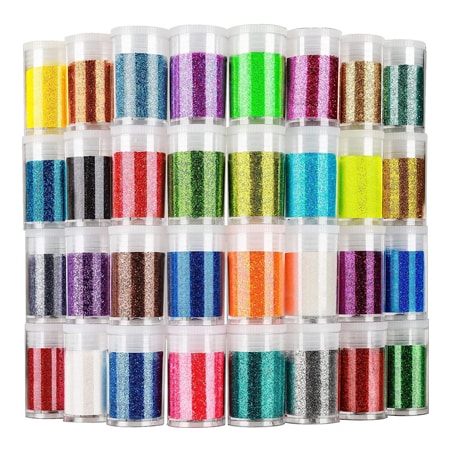
Glitter is used to decorate various crafting projects and comes in myriad colors. You can also buy body glitter if you fancy bringing yourself up for a party!
Candles
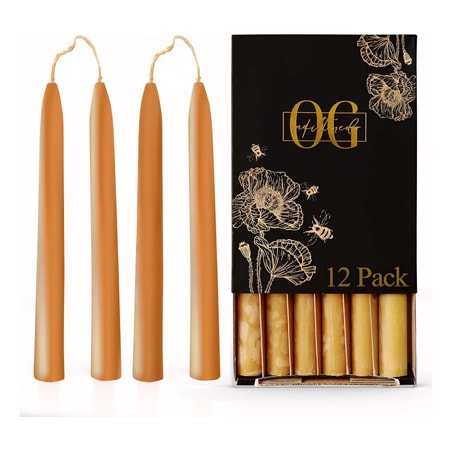
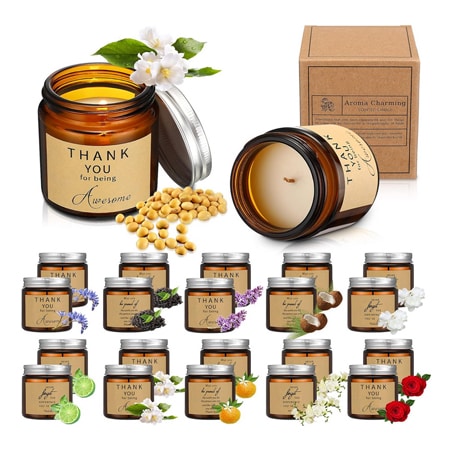
Candles can make a nice finishing touch to home decor projects and come in a range of sizes, colors, and scents, adding both warmth and ambiance to your living spaces.
Corks
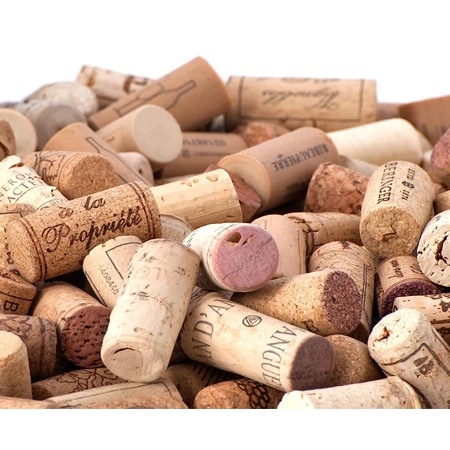
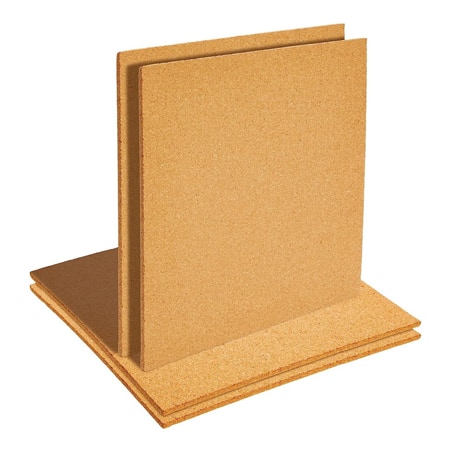
Corks have various uses in DIY and crafting projects and can be used to make bulletin boards, coasters, and even small sculptures. You can also use cork to stamp patterns and textures on paper and fabric and as stoppers for homemade bottles or vases.
Styrofoam And Foam Sheets
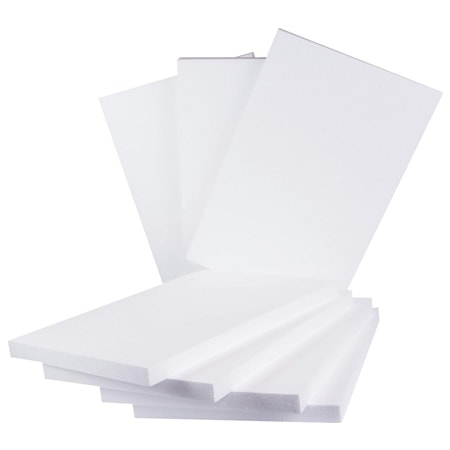
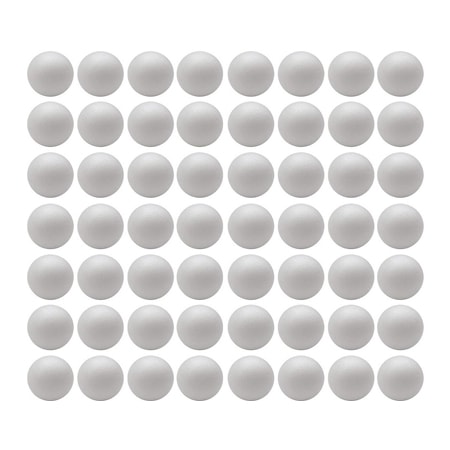
If you work with hot substances or materials, it’s advisable to wear an apron or some form of protective clothing to save you from burns if you accidentally spill what you’re working with. Some crafts can be quite messy, and an apron will save your clothes from being ruined. Additionally, some aprons designed for crafting feature neat pockets where you can keep small tools while you’re working.
Wire
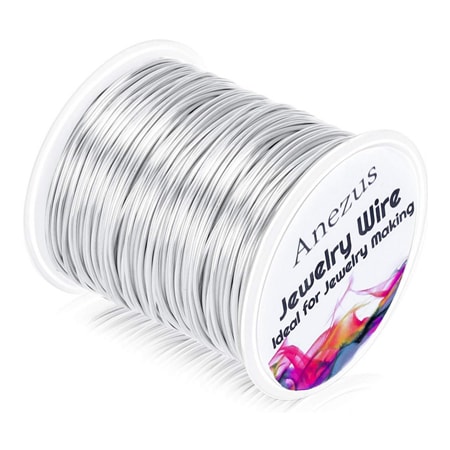
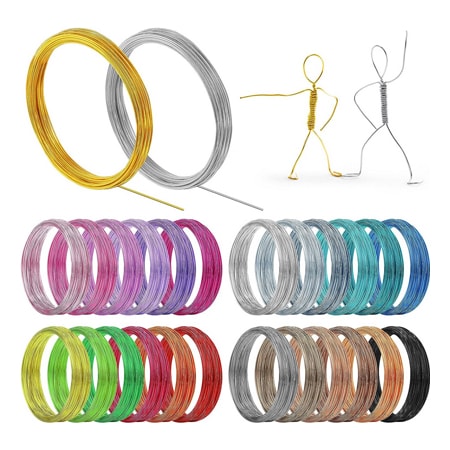
Crafting wire is used for making jewelry and other wire-based craft projects, including flower arranging. Wire comes in different metallic colors, white, and green.
Markers, Pencils, And Colored Pencils
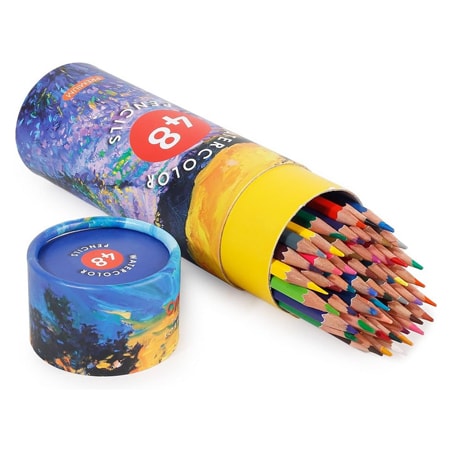
Markers and colored pencils are handy for many crafts, so it’s worth keeping a selection in your collection of supplies, allowing you to add vibrant and intricate details to your creations with ease.
Baking Supplies
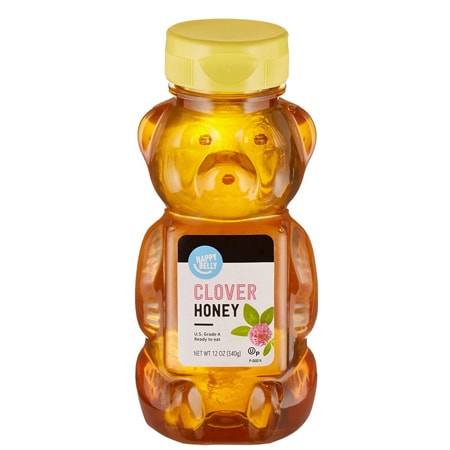
If you’re into home baking, there are a whole bunch of supplies you’d want to keep in your kitchen cupboards. That said, we don’t recommend accumulating too much stock because if things get out of date, you’ll end up throwing them out.
Some stuff like vinegar and honey are pretty long-lasting, so you could keep some handy if you use them often.
Leather
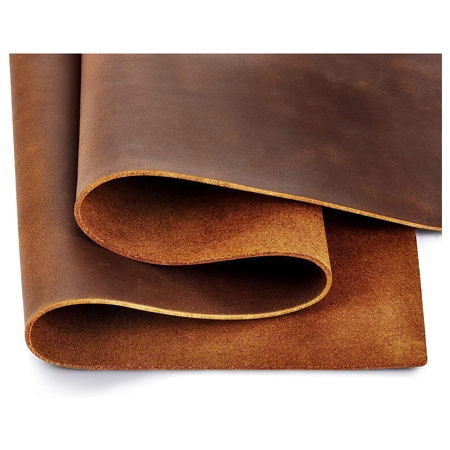
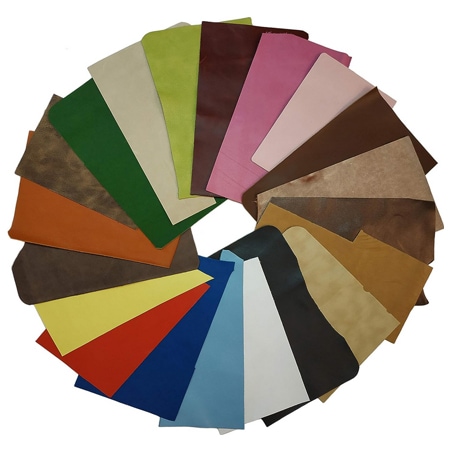
If you enjoy making bags and belts from leather or you’re into furniture restoration, you might want to keep a supply of leather in your materials store. Leather comes in different thicknesses and colors, but always choose the highest-quality product you can find to ensure durability.
Felt
Felt is a fabric made of wool fibers or a blend of wool and other fibers that are processed by using a combination of heat, moisture, and pressure to create a non-woven fabric.
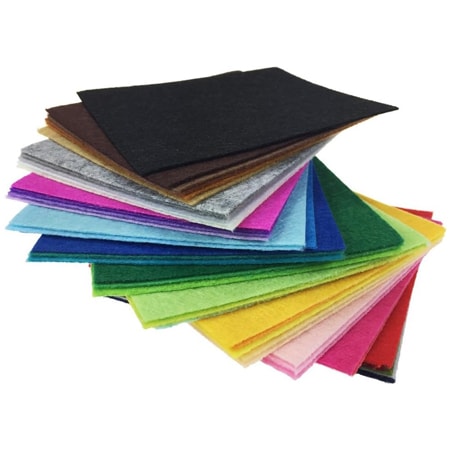
Felt is commonly used to make stuffed toys or ornaments, applique, and for creating hats. This material comes in various thicknesses and colors and can be easily cut and shaped to fit any design you want.
Glass And Stained Glass Supplies
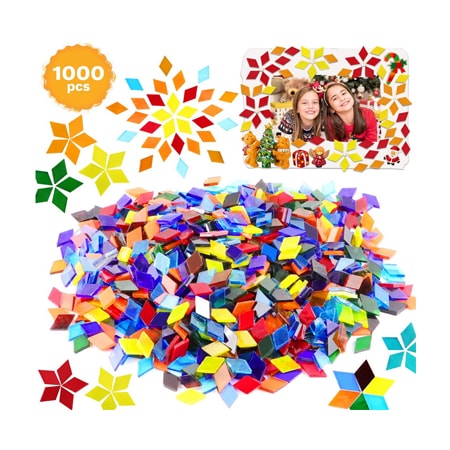
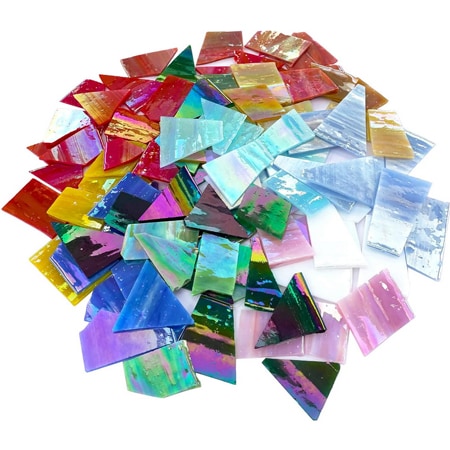
If you’re into making stuff from glass, like mosaics and stained glass windows, you’ll need a supply of raw materials. When working with glass, be aware of the risk of glass chips flying up and burning from handling molten glass.
Burlap
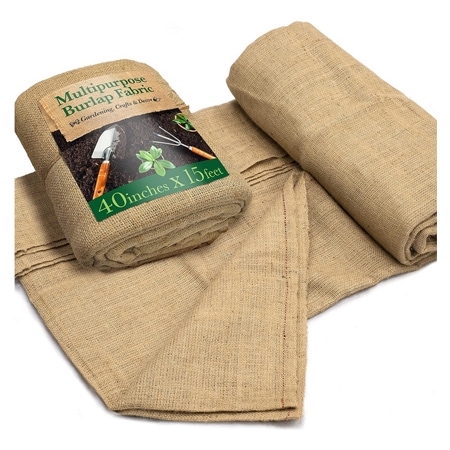
Burlap is a coarse, strong fabric that’s made from jute, hemp, or flax fibers. In crafting, burlap is used for making table runners, wreaths, and other rustic decorations.
Feathers
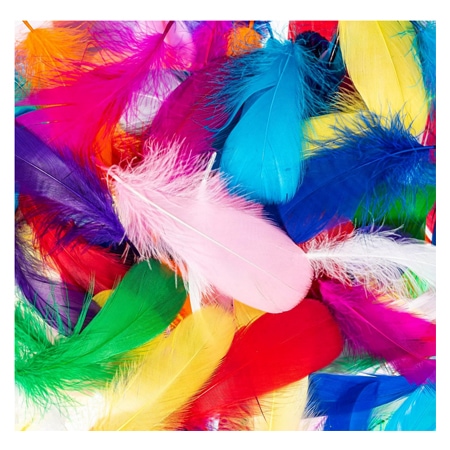
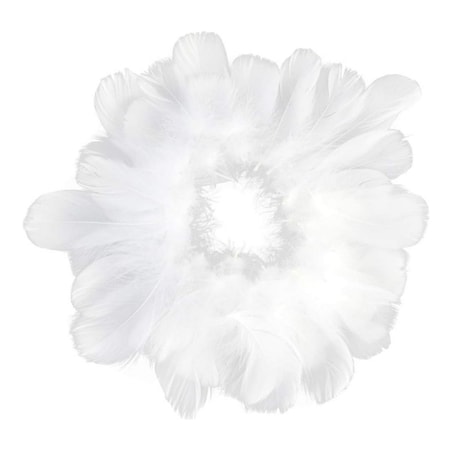
Natural and dyed feathers are used to decorate many crafts and even dressmaking. It’s probably better not to use feathers that you find in nature, as these may contain parasites that aren’t always visible to the naked eye and could also be contaminated with chemicals.
Plastic Sheets And Canvas
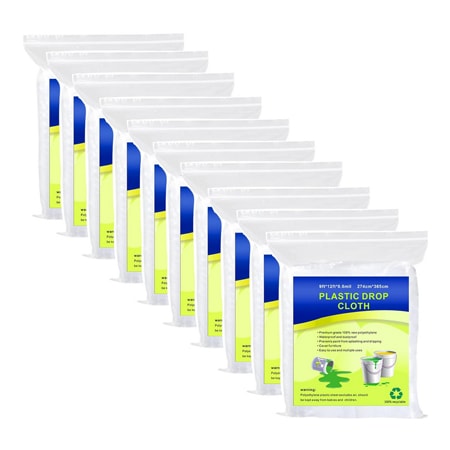
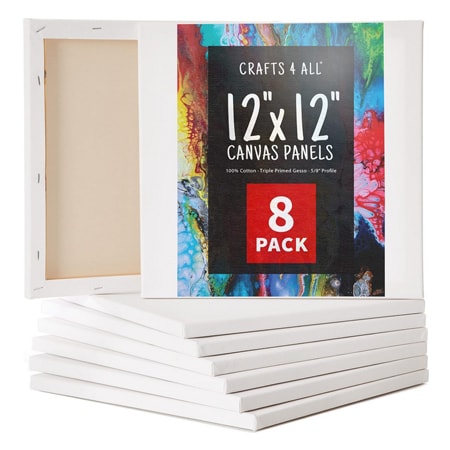
In crafting, plastic sheets are generally used to protect surfaces from messy materials like glue and paint, and can also make a sturdy base for creating templates or stencils.
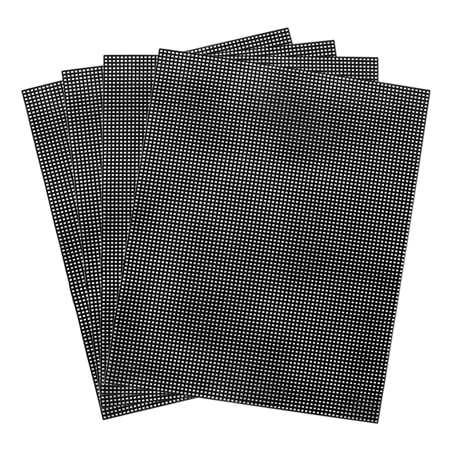
Canvas is a versatile, durable material that’s used in a range of crafting projects including painting, drawing, embroidery, and sewing.
Cotton Balls And Q-Tips
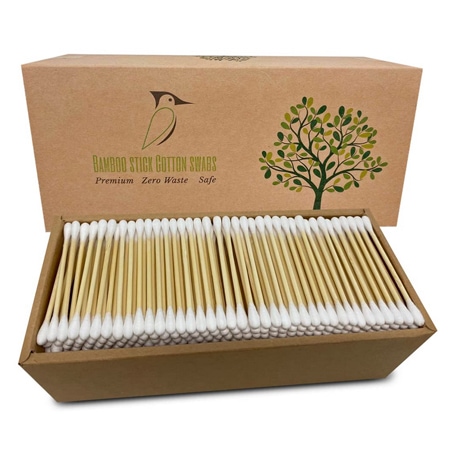
Cotton balls are used in crafting to create clouds in a diorama or to make snow for a winter-themed project. They’re also handy as a filler material for stuffed toys or other soft items.
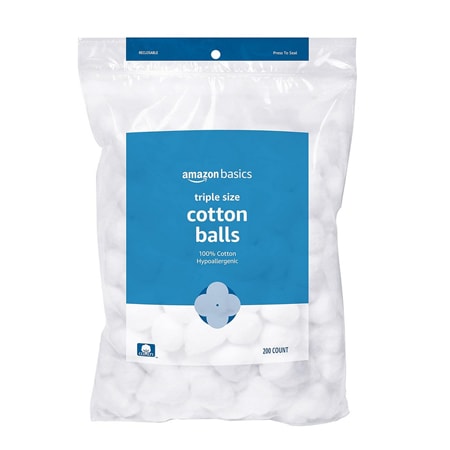
Q-tips are useful for applying paint or glue to small areas and can be used to produce fine details in a painting. They’re also ideal for cleaning up excess glue or paint from a project.
Do I Need Safety Equipment While Crafting?
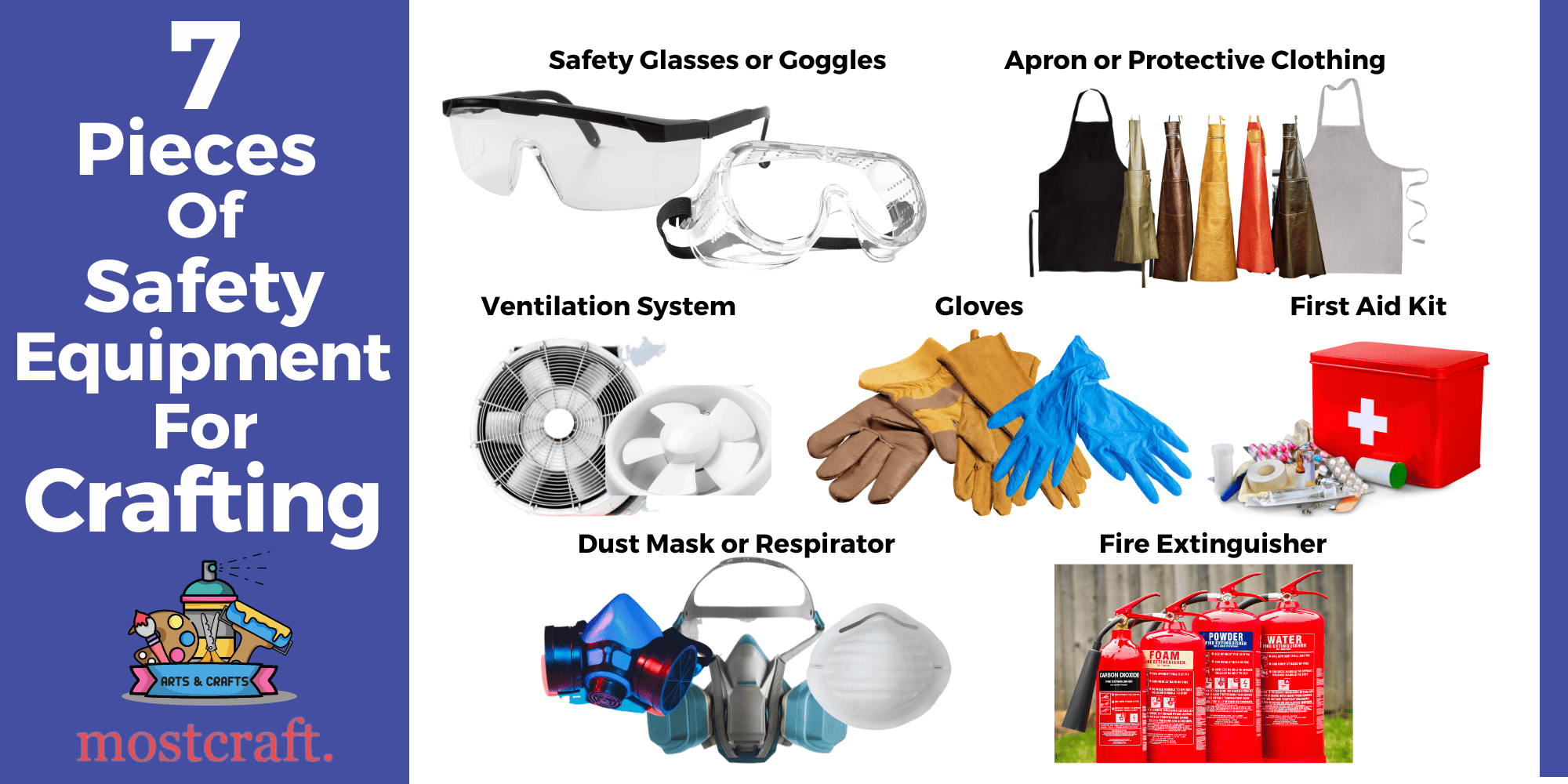
Yes, we strongly recommend using safety equipment while crafting. Almost all crafts have an element of risk, and it’s important to keep yourself safe while enjoying your chosen hobby.
Here’s an overview of the safety equipment we suggest you use and why.
Safety Glasses Or Goggles
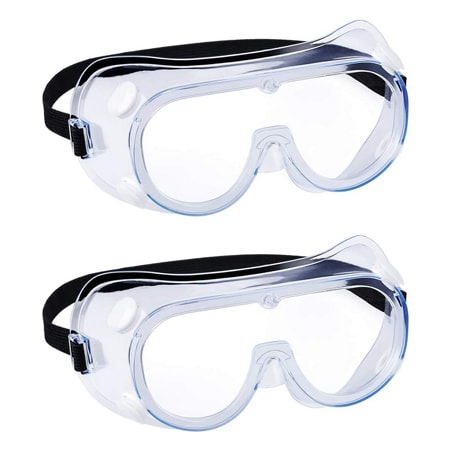
Many popular crafts like glass crafting, woodworking, and metalworking involve sanding or grinding your materials. That can cause tiny fragments of the material to fly off the main piece and land in your eye, so safety glasses are essential.
Similarly, if you are working with a welding torch, there’s a danger that hot sparks could hit you in the eye.
Gloves
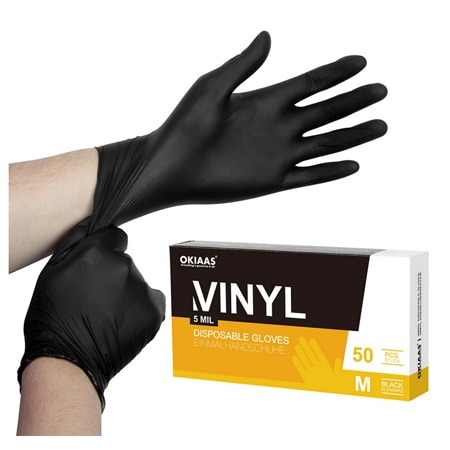
If you’re working with chemicals, including adhesives and paints, it’s extremely easy to get them over your fingers and hands. That’s very messy and could present a danger if you have a tiny cut in your skin through which chemicals could enter and set up an infection.
For that reason, I always strongly recommend wearing gloves while you’re working.
Dust Mask Or Respirator
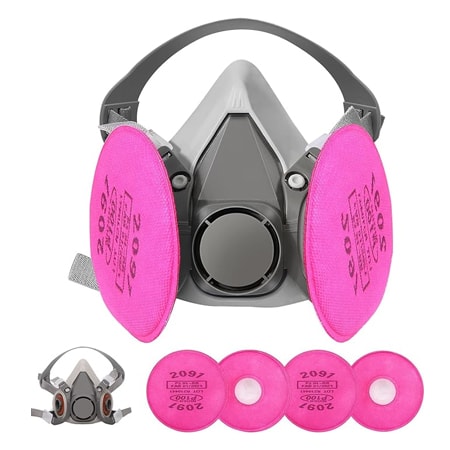
Crafts that involve sanding or drilling materials tend to generate quite a lot of dust, which is dangerous if you’re working in a confined space. If the room has windows, be sure to open them, and always wear a dust mask.
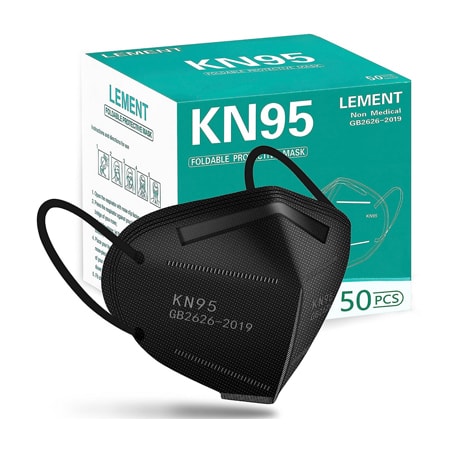
Some paints and solvents used in crafting projects give off unpleasant, potentially toxic fumes, so it’s a good idea to wear a respirator when working with these substances.
Apron Or Protective Clothing
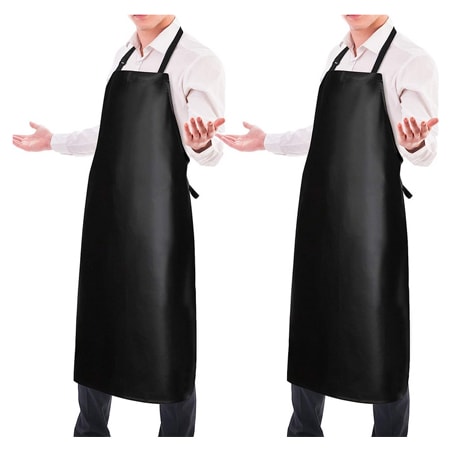
If you work with hot substances or materials, it’s advisable to wear an apron or some form of protective clothing to save you from burns if you accidentally spill what you’re working with.
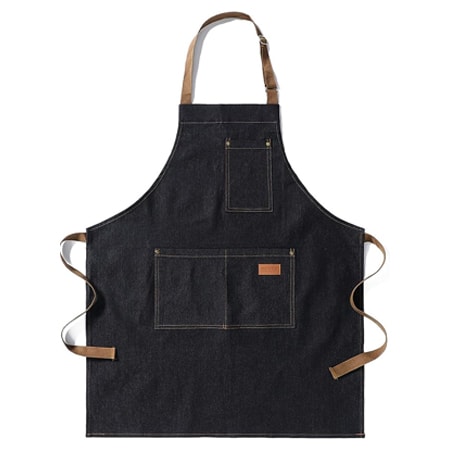
Some crafts can be quite messy, and an apron will save your clothes from being ruined. Additionally, some aprons designed for crafting feature neat pockets where you can keep small tools while you’re working.
First Aid Kit
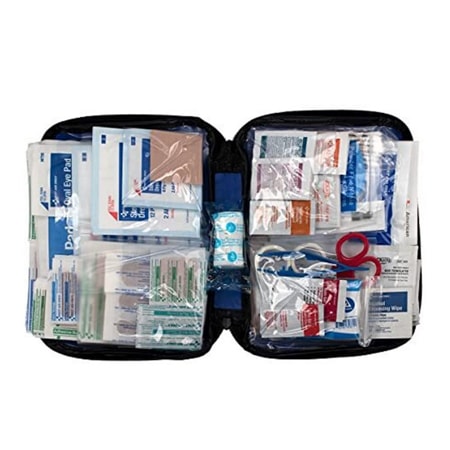
Even a paper cut or splinter can be extremely painful and annoying, so it’s a good idea to have a basic first aid kit on hand in your crafting room. Of course, a first aid kit is of no use if you don’t know how to give basic first aid to yourself and others, so we recommend you attend a course.
Fire Extinguisher
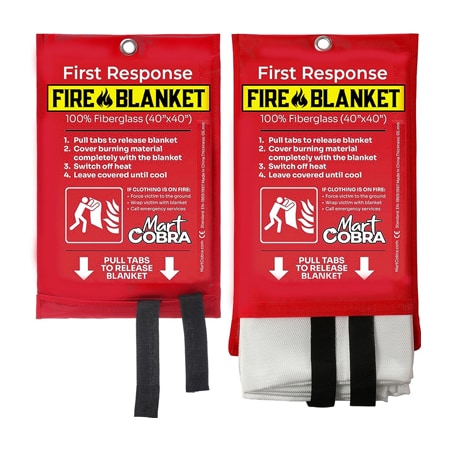
If you work with heat or open flames, a fire extinguisher or fire blanket is an essential piece of safety equipment you should have in your crafting area.
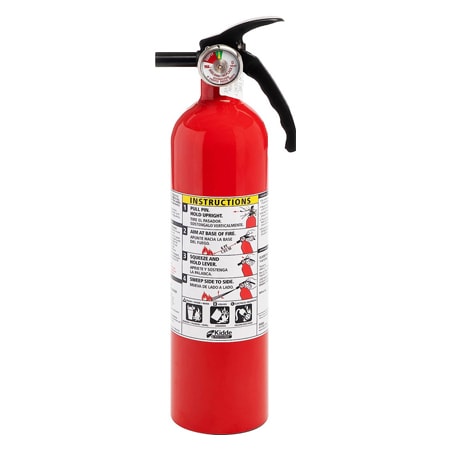
Be sure to choose the correct type of extinguisher for your needs, as you’ll need a different one for electrical fires and those where oil or solvent is involved. If you’re unsure what kind of extinguisher you need, make a quick call to your local fire department and ask them.
Ventilation System
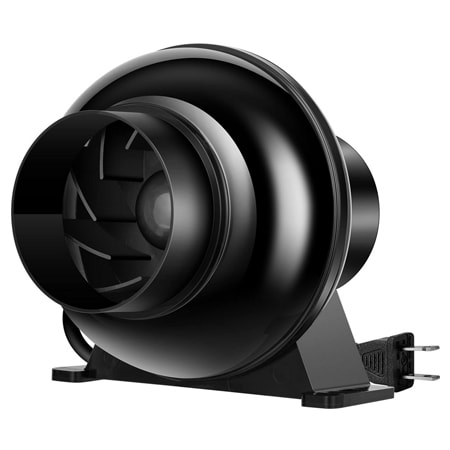
As mentioned above, if you’re working in a dusty environment or in a room where ventilation is poor, you should open a few windows. It’s also a good idea to use a ventilation system to keep fresh air flowing throughout your crafting environment.
What Is The Difference Between Crafting Tools And Crafting Materials?
The difference between crafting tools and crafting materials is pretty straightforward.
Basically, crafting tools are the pieces of equipment you use to carry out the craft, such as a loom, kiln, sewing machine, paint brushes, pens, pencils, and knitting needles.
Crafting materials are the raw materials you use to create the craft item. Common craft materials include fabric, thread, paint, wood, wire, bead, glue, paper, and card.
FAQs
In this part of our guide, we answer some of the most frequently asked questions about the essential crafting tools and supplies you’ll need for your creative projects.
Can You Recommend Some Beginner-Friendly Crafting Supplies I Should Have In My Toolkit?
The range of tools and supplies for crafting projects is as broad and varied as the number of crafts itself! However, there are a few basics that are handy to have in any toolkit.
- Scissors
- Paint brushes
- Needle and thread
- Craft knife
- Cutting mat
- Glue and adhesives
- Ruler or straight-edge
- Card and paper
- Tape
- Pens, pencils, and markers
Obviously, every craft demands a totally different set of tools, so you’ll need to kit yourself out with whatever you need.
How Can I Ensure My Safety When Using Craft Tools And Supplies As A Novice Crafter?
Again, how to stay safe depends on the nature of the craft you’re doing. For example, woodworking, metalwork, and glass crafts are more risky than making paper greeting cards. However, a few basic safety rules apply to all crafting projects:
- When cutting material, ensure the material is held firmly on a stable surface.
- Keep your spare hand behind the blade, and do not cut toward you.
- Wear eye protection if flying splinters of wood, metal, or glass could be a hazard.
- Wear a face mask if working in a dusty environment.
- Wear gloves to protect your hands from splinters.
- Be mindful of fire hazards when using soldering irons, kilns, and the like.
- If working with chemicals, ensure the room is well-ventilated.
- Store your tools and supplies in a locked box or room to keep kids and pets out.
Having some first aid training in case of accidents is also a good idea.
How Do I Store And Organize My Crafting Tools And Supplies Effectively To Keep Them In Good Condition?
The main thing to remember when organizing your crafting tools and supplies for storage is to keep them safely out of reach of kids and pets for everyone’s safety. You should keep everything dry and clean, ideally in a cabinet or cupboard where your materials won’t get dusty.
If your tools aren’t kept in good condition, they won’t work effectively. So, clean paint brushes after every use before you put them away, keep knives sharpened, and replace cutting blades when they become dull. If items begin to show signs of wear and tear, replace them.
If you’re into needlework, remember to look at the leftover fabrics and thread you have hidden away in storage before you begin working on something new. It’s possible you can use those materials rather than buying new ones, saving you money.
Conclusion
The crafting tools and supplies you’ll need for your chosen craft depend entirely on the niche you want to work in. That said, a few basic tools are handy for most crafts, such as scissors, pencils, glue, a craft knife, and a cutting board.
Some crafts can be a little risky, especially if you use hot substances or sharp cutting tools, so protective equipment is recommended. It’s also a good idea to take a basic first aid course and invest in a basic home first aid kit. When storing your tools, materials, and projects, always keep them in a dry place and out of the reach of children and pets.
Good luck on your crafting journey, and don’t forget to check out some of our articles on specific crafting niches!
